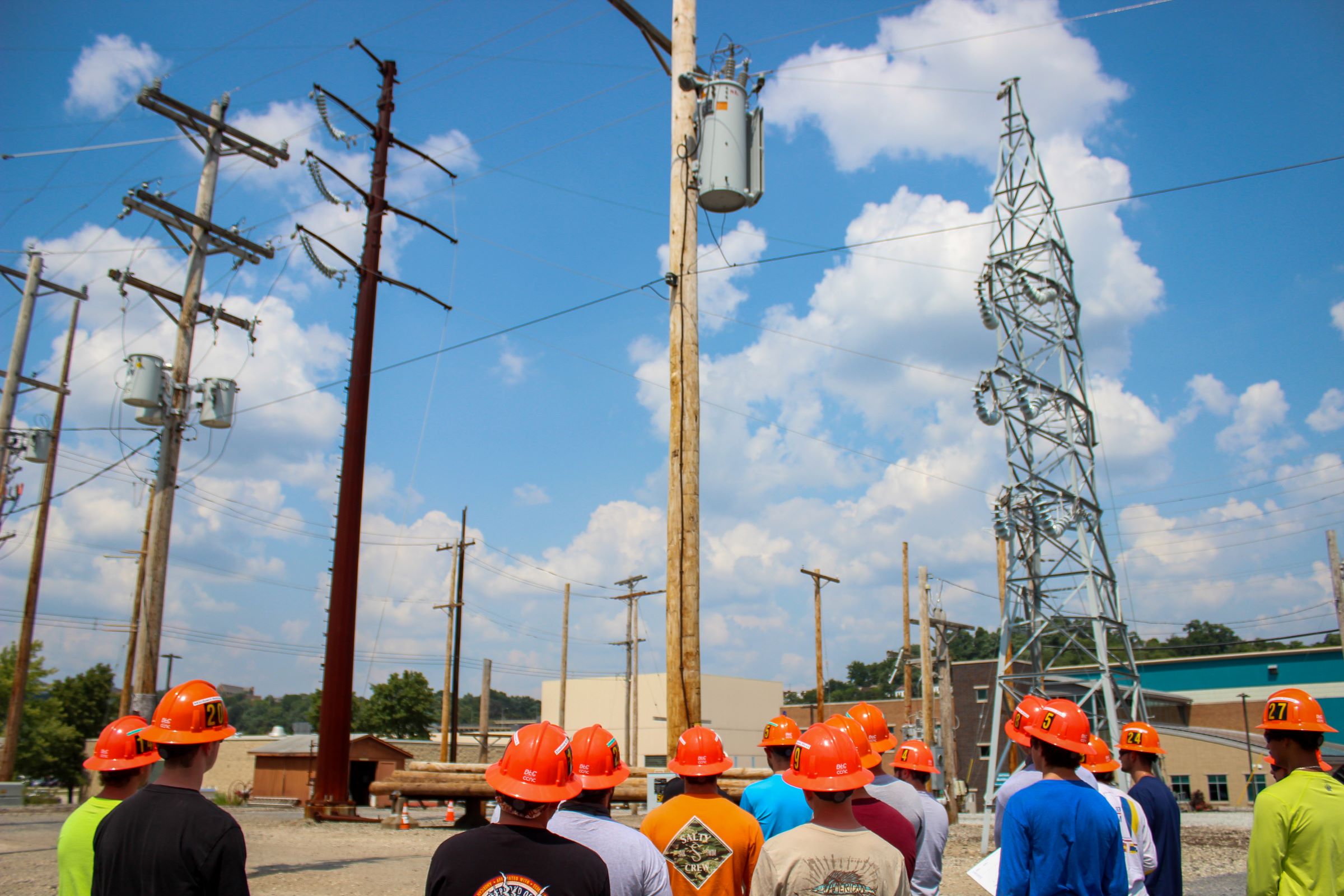
A Clean Energy Future Starts with a Skilled Workforce
September 1, 2023
Western Pennsylvania offers opportunities to position our workforce for a competitive advantage in achieving a clean energy future. From deployment of new technologies to the implementation of increased clean energy infrastructure policy, diversified needs for skilled talent are needed more than ever.
The rapidly changing industry and constant need for talent means organizations must prioritize workforce development today.
The structure of workforce development includes a multipronged approach. Employer-led initiatives that develop a talent pipeline by connecting employers, education institutions, community partners and the public workforce system is the construct that many employers rely on to build and retain skilled talent.
Understanding and using workforce development as an integral structure in strategic talent planning will prepare Pennsylvania employers for a clean energy future and beyond so our state can continue to be a leader in the energy sector.
Clean energy workforce
Clean energy employment makes up 50% of the global energy labor force and represents the highest employment creation potential.
The International Energy Agency (IEA) predicts 16 million workers must “shift” to work effectively in clean energy segments, requiring additional skills and training. However, companies cannot respond to market and policy signals without the skilled workforce to deliver on projects in regions where they are being developed. Shortages in skilled labor are already causing delays on clean energy projects.
Manufacturing is the fastest-growing employment category in this sector, followed by construction, with the utility industry remaining focused on existing assets and grid modernization. Meanwhile, the IEA indicates markets for specialized and highly skilled labor have led to turnover in the utility industry in response to more competition and escalating wages, hindering hiring.
Now is the time to conceptualize workforce development strategies. Employers should prioritize a model that allows them to hire and upskill the clean energy workforce of today and the future.
How do we get there?
Industry partnerships
Industry partnerships (IPs) connect employers with job training providers, community services and educational institutions. By addressing mismatches in labor market supply and demand, IPs collaborate to increase competitiveness.
Local workforce development agencies convene employers in high-demand careers, such as manufacturing, energy and construction. IPs not only benefit job candidates who use workforce services and higher education, they also enable employers to benchmark externally.
As industries rapidly change to incorporate new technology and skillsets, employers must invest in the training and upskilling of their existing workforce. The move to clean energy initiatives is no exception.
Upskilling
It is critical that external training programs present a clear career ladder to job candidates and create a transparent career path for employees already on the payroll.
Employers must outline multiple career paths along a fluid upward trajectory and clearly communicate workforce development opportunities. This allows incumbent workers to visualize and plan a career trajectory with their current employer.
Many employers are familiar with this structure because it occurs naturally in resilient work cultures. However, the intentional conception of career paths is essential to retain and upskill employees in a rapidly changing workforce ecosystem.
Credentials of value
Job candidates want to know what credentials are required to secure a position — and transparency is key.
Teaming up with higher education to reach students early allows employers to present a career path that includes multiple roles within the company and necessary credentials. This is not the internship of yesteryear where students work for the summer making coffee and copies. Businesses pay interns, and if the intern shows potential and continues to gain credentials, the employer will fund continued education.
This is not a new model. It is essentially an apprenticeship for everyone.
Apprenticeship
If employers use a structure where growth opportunities are not continuous, job perks must increase year over year to retain even the satisfied workers.
Employers that create career ladders expanding beyond five years will not find themselves developing a new plan every time attrition increases.
Apprenticeships are an excellent tool to move employees from novice to full productivity in an effective way. However, employers hesitate to envision apprenticeship as an option for employees outside of traditional trades, and waver further at the task of developing apprenticeships at all.
Most skilled trades workers recognize training and mentoring apprentices as fundamental part of their job, which is not the case in a traditional office setting. Mentorship and in-house training as part of every employee’s job description ensure that new hires are not left behind.
Deploying these workforce development strategies will create a labor market capable of building a clean energy future that benefits our entire region.
Visit DuquesneLight.com to learn more about Duquesne Light Company’s Electrical Distribution Technology program, which provides training in the basic skills, knowledge and abilities needed for skilled craft positions in the electric utility industry.
This article first appeared in the Pittsburgh Business Times on May 16, 2023.

Leave A Comment